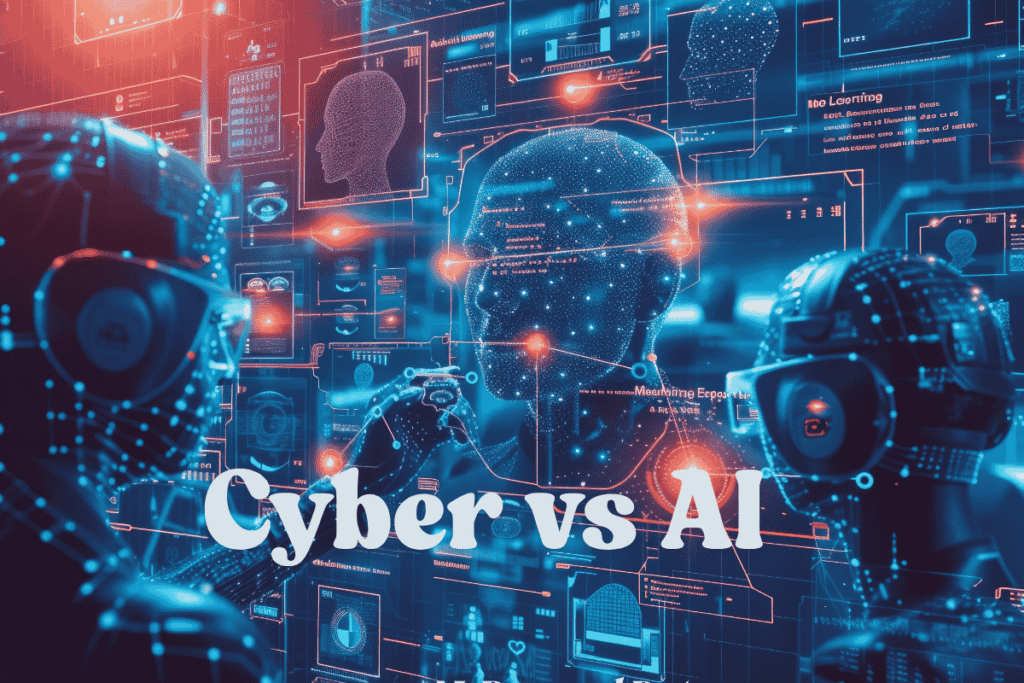Hello people! Is artificial intelligence harder to learn than securing digital systems? Which is easier to master: cybersecurity or artificial intelligence (AI)? Because technology is rapidly transforming society, cybersecurity and AI have now become key fields supporting change and security. Cybersecurity is about defending information from risks, while AI helps machines learn and transform different industries.
Figuring out the simplicity of two areas depends on elements such as fundamental background, the required skills, the systems you need, and the possible job openings. In this article, cybersecurity and AI are compared, and their difficulties, learning requirements, and practical needs are examined, so that readers can identify which path fits them best. Looking at these two areas together helps us understand their access and various problems in today’s technology world.
Let’s dive in!
Table of Contents
Understanding Cybersecurity
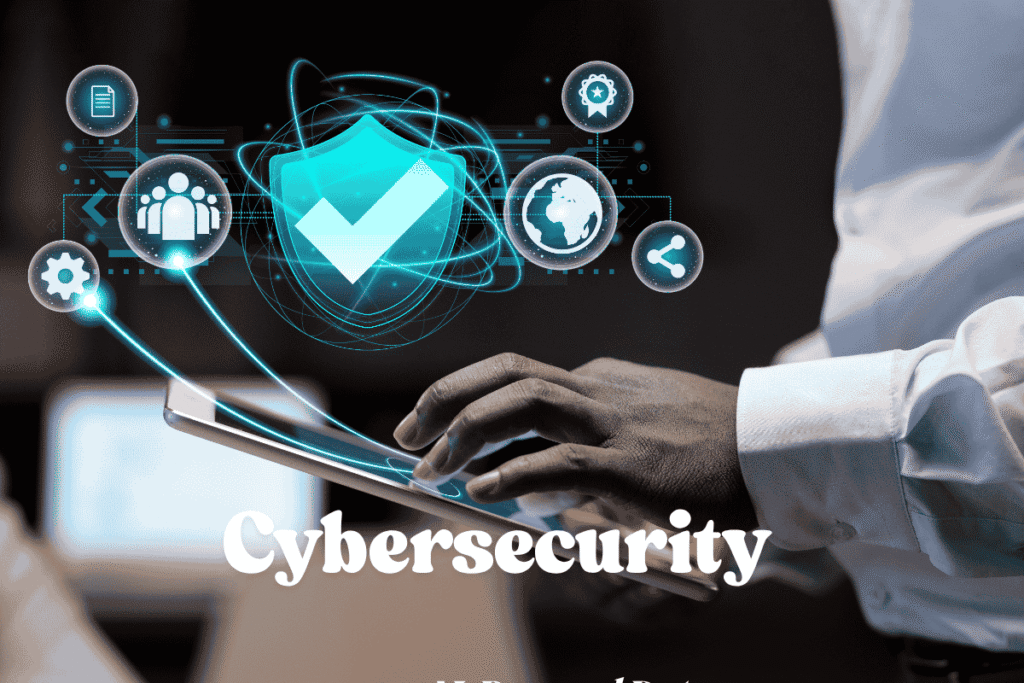
Cybersecurity is about stopping people from accessing your systems, networks, and important information without permission. Cybersecurity refers to looking after the network, keeping risks at a minimum, and tackling incidents when they happen.
Core Concepts
Confidentiality, integrity, and availability make up the key principles of cybersecurity. Working professionals are expected to know about network protocols, encryption, authentication, and access control. Important sections consist of:
- Network Security: Network security is achieved by using firewalls, IDS, and VPNs.
- Application Security: Securing software applications with secure programming and checking for vulnerabilities.
- Incident Response: In case of an incident, Look into the cause and deal with it properly.
- Cryptography: Using digital encryption as a secure way to store sensitive information is cryptography.
These valuable ideas rely on a good grasp of networks, operating systems, and fundamental programming.
Skill Requirements
Someone working in cybersecurity needs to be skillful in both technology and analysis. Professionals need:
- Coverage of networking protocols (as an example, TCP/IP and HTTP).
- Being able to use Wireshark, Nessus, and Metasploit.
- A good understanding of Python or Bash scripting languages benefits system administration a lot.
- The thinking needed to spot these weaknesses and answer them.
- Even though you do not require advanced classes, you should be structured and a problem-solver.
Learning Curve
Basic knowledge of IT is enough for beginners to learn about cybersecurity. CompTIA Security+ and Certified Ethical Hacker (CEH) are not advanced certificates and explain the subject in an organized way. You’ll get a good grasp of essential skills by facing real hacking problems in capture-the-flag contests or bug bounty searches. Even so, understanding all the different areas such as network security and testing, can be challenging. If we want to manage ransomware and zero-day exploits, we must learn more.
Technological Support
Those involved in cybersecurity typically use different types of technology.
- I talked about Snort and Palo Alto for firewalls and IDS.
- For instance, Nessus and OpenVAS are widely known as vulnerable scanners.
- It is possible to watch for threats with SIEM tools such as Splunk and QRadar.
- For instance, discovering vulnerabilities through Metasploit and Burp Suite is widely considered to be important by researchers. The method of using these systems isn’t hard, because they come with both easy-to-use menus and simple command lines.
Understanding Artificial Intelligence
AI is about creating technologies that can reason, learn, and decide just as humans can. Under AI are machine learning (ML), deep learning, natural language processing (NLP), and computer vision.
Core Concepts
You build models in AI that look at information to predict or decide on something. Important elements of transportation are:
- Machine Learning: Machine Learning relies on linear regression, decision trees, and support vector machines as its algorithms.
- Deep Learning: Neural networks in Deep Learning are designed to identify both images and language.
- Data Processing: The steps needed to obtain, sort, and modify data used in training.
- Model Evaluation: You should evaluate a model’s performance with accuracy and F1 score.
In AI, you learn about algorithms, statistical methods, and data structures.
Skill Requirements
You have to be good at math and possess advanced technical skills to work well with AI.
- Mathematics: Newcomers to this industry should learn linear algebra, calculus, probability, and statistics to understand algorithms.
- Programming: You will be expected to have either Python, R or Julia and also knowledge of TensorFlow, PyTorch or Scikit-learn.
- Data Science: You should know how to prepare and convert data, design new features, and explain insights through visual tools.
- Problem-Solving: Planning and improving models to be used for certain assignments.You need to be familiar with Hadoop, Spark, and other big data tools, as well as Amazon AWS and Google Cloud for AI.
Learning Curve
Cybersecurity is easier to learn than AI, thanks to AI’s complex mathematics and computation involved. Newcomers to the field must first understand gradient descent, backpropagation, and matrix operations. Although limited resources like videos (for example, Andrew Ng’s Coursera machine learning videos) or certificates (for instance, Google Professional Machine Learning Engineer) assist, real skills come from experimenting with data by writing code. The fast growth of data science, introducing fresh models and approaches all the time, obliges us to stay up-to-date.
Technological Support
People working in AI rely on:
- Model development can be done using TensorFlow, PyTorch, and Keras frameworks.
- Examples of data processing tools are Pandas, NumPy, and Apache Spark.
- Scalar training can be achieved with AWS SageMaker and Azure ML cloud platforms.
- It’s useful to use data visualization tools like Matplotlib and Tableau to work with data. Ideally, you need to be good at programming and understand basic math concepts before using them.
Comparing Complexity
We compare the complexity of various fields by examining them on several fronts to tell which is harder or simpler.
Foundational Knowledge
Cybersecurity basics in IT require knowledge of systems such as Linux and Windows as well as networking. If you finish high school and have gained some IT knowledge, you may enter the field by obtaining appropriate certificates. Yet, those interested in AI typically have a stronger basis by getting degrees in computer science, mathematics or engineering. A lot of people struggling with mathematics find it hard to grasp linear algebra and calculus which are important for AI.
Technical Skills
Cybersecurity experts usually require scripting or automation skills with Python or Bash. You can use tools such as Wireshark or Nessus because they have user-friendly designs. AI demands knowledge of complex programming and skills in using TensorFlow or PyTorch. Coding and fixing mistakes in AI models are not easy tasks for someone new to programming.
Learning Resources
There are plenty of initial resources in cybersecurity such as CompTIA Security+, CEH, and free ones like TryHackMe and Hack The Box. They stress important skills and demand less from you in terms of learning theories. You will find that some AI resources such as both books (for instance, “Deep Learning” by Ian Goodfellow) and online courses, teach the theory in very detail and take time to master. Platforms such as Kaggle let you learn AI, but you should have code and math knowledge first.
Practical Application
Penetration testing, network surveillance, and incident response are examples where you can immediately use your cybersecurity skills. Capturing the Flag games gives beginners a chance to test their learning by attempting genuine challenges. Setting up an AI model requires collecting sets of data, preparing the data, and adjusting its parameters—which may require a lot of time. In addition, AI models must be connected to the existing systems needed in production which brings extra challenges.
Evolving Nature
Both ever-changing, cybersecurity moves ahead step-by-step, dealing with new threats and attack problems. Professionals have access to blogs, threat intelligence updates, or certifications to stay informed. AI is developing rapidly and is causing disruptive changes, with transformers and generative AI being just a few of the new ways it’s explored. To follow the advancements in AI, you have to immersively study research and carry out many experiments.
Career Paths and Eligibility

Every industry has a range of choices, but how accessible they are is not the same.
Cybersecurity Careers
In cybersecurity, we find roles such as:
- The work of a Security Analyst is to notice security risks and act accordingly.
- The Penetration Tester examines the system by trying to target its weaknesses legally.
- The key duties of a Security Engineer are to both design and ensure secure systems are put in place.
- An Incident Responder takes steps to discover and limit security incidents.
- Because you only need a certificate and some basic IT skills, jobs like security analyst are open to anyone interested in cybersecurity. Individuals in this field are paid between $60,000 and $100,000 as trainees and with experience, they can earn up to $150,000 or more.
AI Careers
AI tasks are:
- A Data Scientist studies information and constructs models to anticipate results based on that data.
- A Machine Learning Engineer is responsible for building and rolling out AI systems.
- A researcher in AI improves and develops techniques in the field.
- AI Product Manager manages the creation of AI products.
- Most AI roles look for people with a bachelor’s or master’s degree and strong technical experience. People starting out in this career earn between $80,000 and $120,000 and senior-level jobs offer more than $200,000. Yet, not enough people can access AI because the required knowledge is hard to attain.
Problems in Engineering
Unique issues make both fields more or less difficult to learn.
Cybersecurity Challenges
- Isolated from our business partners: Since we cannot rely on other businesses, we have to deal with risks ourselves.
- The Results Can Be Serious: A single break can lead to serious financial problems or damage to the company’s reputation.
- Regulatory Compliance: Sticking to complex issues such as GDPR or HIPAA which are in place for businesses, also adds challenges.Nevertheless, learning cybersecurity is easy for beginners because the subject focuses on clear steps and teaching methods.
AI Challenges
- Algorithms require substantial math knowledge which can be frightening for beginning programmers.
- Training AI models take up a lot of processing power and time.
- AI brings together programming, mathematics, and advice from domain experts which increases its difficulties.
- AI requires a lot of effort to learn and resources to work with which can be tough for people who are only just starting.
Is it Easier to Do This or That?
It is generally less challenging to learn cybersecurity than it is to learn AI:
- Getting Into Cybersecurity: You only need to understand IT basics, but with AI, you must be knowledgeable in advanced math and coding.
- Practical Focus: What makes cybersecurity stand out is its focus on regularly doing penetration tests, a skill much simpler to practice than AI theory.
- Accessible Tools: You don’t need to be a developer to use cybersecurity tools, but AI tools require you to code.
- Structured Learning Paths: With cybersecurity certifications, you have a planned schedule, unlike AI which requires you to decide how you’ll learn.
How Cybersecurity and AI Help Each Other
Cybersecurity and AI are now more closely linked. AI makes cybersecurity more powerful.
- AI helps to spot unusual or dangerous behavior in network data and can detect threats very quickly.
- AI manages incident response processes which lowers the need for people to get involved.
- It anticipates threat areas for your business by studying past events.
Future Trends
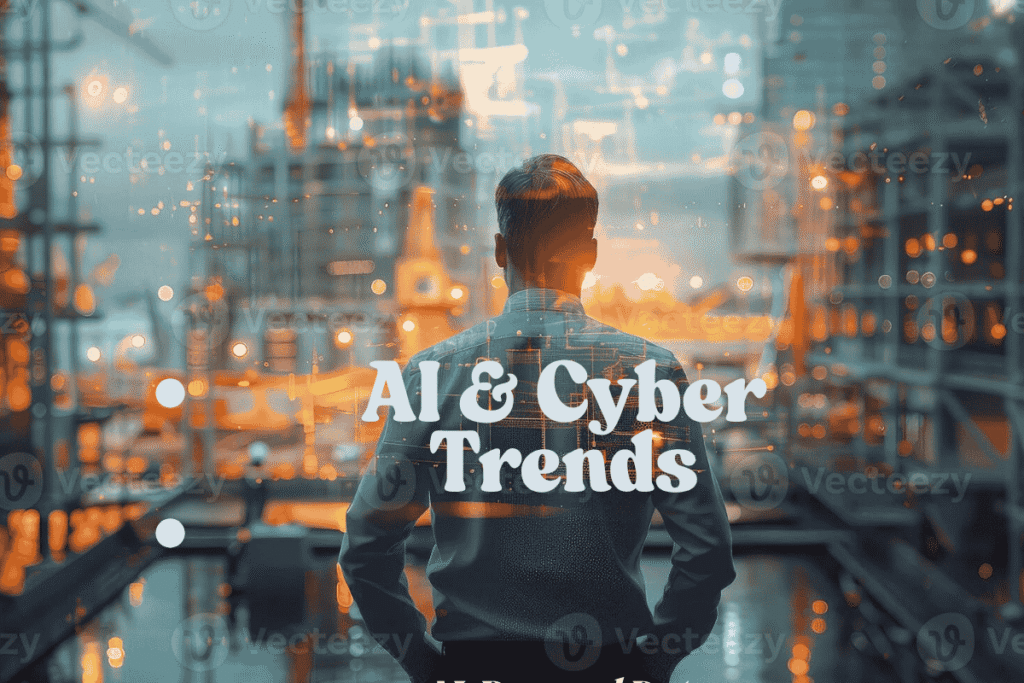
Both fields’ future will affect how accessible they are.
Cybersecurity
People will find cybersecurity tasks simpler and more accessible because AI and automation can handle much of the work involved. Still, the rise in sophisticated attacks starts to require professionals with advanced skills.
AI
Benefits from AutoML and low-code platforms allow a lot of users to learn AI, but to master recent techniques, you still need to have a lot of experience. Among the changes, AI ethics and new rules will make everything more involved.
Conclusion
Cybersecurity and artificial intelligence are crucial to the digital industry because they both bring specific dilemmas and potential benefits. You don’t need advanced skills to learn cybersecurity, as the field has a low barrier to entry, is very practical, and basic tools are available, so it’s perfect for people with basic IT knowledge. People with knowledge of analytics and programming usually benefit most from working with AI.
In what field do your skills match your ambitions for your career? Both fields give their experts exciting opportunities and as they increasingly work together, learning skills from both could give someone an edge. While technology advances, cybersecurity or AI can be your path if you have a background, and interest and are willing to keep learning. In what field do your skills match your ambitions for your career?
FAQS
1 . Why is it simpler to pick up cybersecurity than artificial intelligence?
Good cybersecurity uses simple IT abilities, but AI depends on advanced mathematics and coding.
2.Which abilities should a person develop to succeed in artificial intelligence?
Math, programming, data science, and model optimization skills are all important.
3.How are artificial intelligence technologies helping to improve cybersecurity?
It supports the detection of threats, responds automatically, and highlights areas where the network could be weak.
4 . How do cybersecurity tools make it easier for users than AI tools?
Most cybersecurity tools can be used easily, but with AI it is necessary to be able to code.
5 . Are the learning paths for cybersecurity and AI different?
To be certified in cybersecurity, one needs to follow a program; AI, on the other hand, needs personal study of its ideas.
